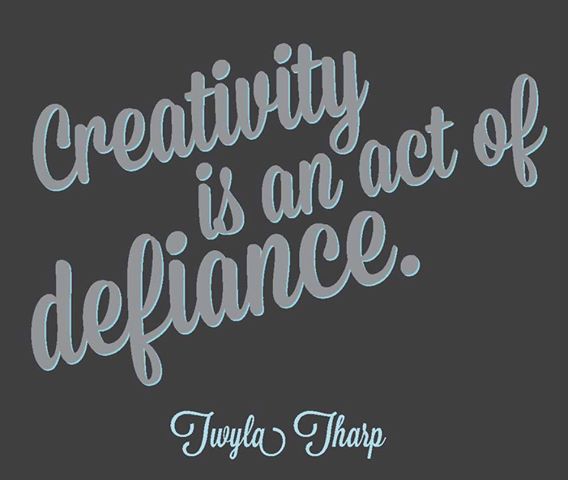 The seasons changed this weekend. Friday night was my last summer music festival. Saturday afternoon Pacific Northwest Ballet kicked off the fall arts season with a mixed program choreographed by Twyla Tharp. Like Vin Diesel says in xXx, “I live for this shit.” It is no accident that my house is exactly 3 miles from Seattle Center. Google Maps claims it takes 11 minutes from my driveway to the McCaw Hall parking garage. So when I left my house an hour before AIR Twyla, it was only because my date for the performance – my 9-year-old daughter – was getting antsy. It was a good thing we left early, because it took us over an hour to get there.
The seasons changed this weekend. Friday night was my last summer music festival. Saturday afternoon Pacific Northwest Ballet kicked off the fall arts season with a mixed program choreographed by Twyla Tharp. Like Vin Diesel says in xXx, “I live for this shit.” It is no accident that my house is exactly 3 miles from Seattle Center. Google Maps claims it takes 11 minutes from my driveway to the McCaw Hall parking garage. So when I left my house an hour before AIR Twyla, it was only because my date for the performance – my 9-year-old daughter – was getting antsy. It was a good thing we left early, because it took us over an hour to get there.
We slipped into the empty back row to see the PNB premiere of artist-in-residence Twyla Tharp’s “Brief Fling,” already in progress. I find it disconcerting to miss even the first few seconds of a performance. Not so my kid. Moments after we sat down, she stage-whispered, “I love this one already!”
Brief Fling
Lateness might explain why “Brief Fling” left me confused. The prerecorded music was a hybrid of annoying European folk melodies and appealingly moody New Wave electronica. One dancer wore a blue tutu while others were in skinny “jeans” and plaid shirts. There was a Scottish thing going on – lots of plaid, men in kilts. But there were also men in boxer briefs.
Mismatched clusters of dancers scattered across the stage, each group apparently doing their own thing, or maybe doing the same thing at different times. Did it have something to do with cultural diversity? According to the booklet, the title “Brief Fling” referenced a Scottish dance (presumably the Isaac Mizrahi plaids represent clans), as well as the more obvious short-lived romance. It also explained the men in briefs. Tharp’s signature humor was clearly at play here, but I missed the joke.
Waiting at the Station
Next up was the world premiere of “Waiting at the Station.” Its swinging soundtrack and period costumes made it much easier for me to enjoy the casual acrobatics of Tharp’s choreography. Not only was the live orchestra back, but the composer Allen Toussaint was performing on piano. The audience showed great restraint in refraining from doing the jitterbug in the aisles.
At the station, the sometimes competitive relationship of a father and son gives way to paternal instruction. Glittering USO Fates cross the stage and the father staggers, clutching his chest. I thought to myself, “That man is never going to make that train.”
An ensemble of couples danced and fought. The time on the clock changed. The Fates haunt the reluctant father. My daughter leaned over and whispered, “I like this one even better.”
Can I blame the traffic for making me late to realize the father was the only one catching a train? He dies to crashing drums and a bass solo (more of that in ballet please!) and the son goes on a Mardi Gras bender.
Somehow the father is back. Is he a zombie? Is this the afterlife? I’m not sharp enough to understand exactly what is going on near the end of “Waiting at the Station.” But I hope when my train comes, I go out swinging like that.
Nine Sinatra Songs
Confession: I can’t stand Frank Sinatra.
Tharp’s choreography in “Nine Sinatra Songs” shows me what his music must sound like to the people who do like him. The movements in songs like “Strangers in the Night” are as romantic and passionate as the song is meant to be. If I watched without the sound, I would think they were set to beautiful music. Sometimes all nine couples are on stage, each in their own unique dance like those ballroom competitions on TV. But here the dancing is beautiful. At one point, a dancer swings his partner so high she’s doing a handstand above his head. She’s stays upside down like that while he spins 360 degrees before setting her back down.
Tharp not only finds the humor I overlook in Sinatra’s music, she finds unintended humor as well. The sodden dancers in “One For My Baby (And One More For the Road)” move in exaggerated, pointless, forms. They lift each other awkwardly, wander around the stage, and fall down. In “Something Stupid,” the female dancer towers over her partner in heels. They pose idiotically, miss each other and then clumsily collide, mis-stepping their way through the song.
I might be reading into things, but I think the way the male dancers sometimes fling the ballerinas around like rag dolls communicates some the misogyny that underlay so much of Sinatra’s romance, too. I will never be a Sinatra fan, but if anyone can make him bearable, it’s Twyla Tharp.
As the lights came up, my daughter turned to me and said, “Mama, I think that was the best one.”
[I recommend viewing the following video with the sound off.]





About the author